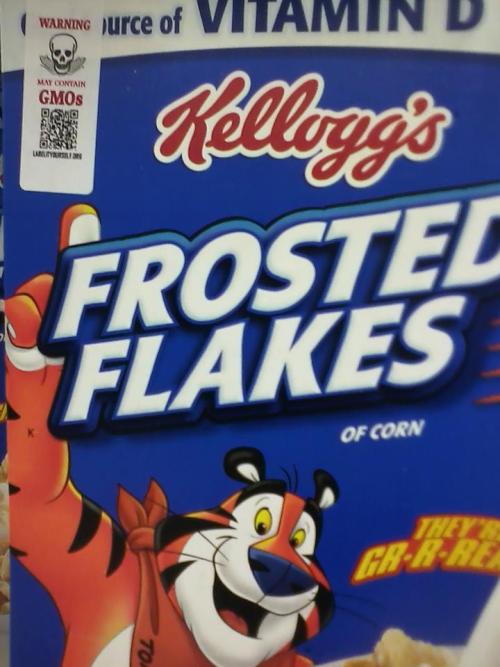 |
| Spanish beans from Extremadura |
A delicious pole bean that is larger, creamier than Cannellini and a bit more dense reminding me of a lima bean. These beans have incredible flavor and are excellent for a late summer gratin with some tomato thrown in. Now all I need to do is find the name from the Kassenhoff nursery. Easier said than done.
 |
Riesentraube tomato
|
This German tomato dates back to the mid-1800's. It is fantastic dried and put up in oil for the winter. It has a fuller more complex flavor than many of the modern cherry hybrids whose profile is sweet and not much else.
Treated with a generous helping of minerals at planting time helped them flourish and have great acid/alkaline balance.
 |
| Shanty Pea |
A South Carolina heirloom field pea with a richer, heartier flavor than your standard black-eye pea. These are excellent for contrast in summertime cucumber and tomato salads and also stand up well to a pork shoulder roast.
Field peas were originally brought to south by slaves from the African Niger River basin, although are native to southwest Asia. Many of the old varieties still exist today thanks to southern gardeners, some dating back pre-Civil War.
All of these crops are special in that they are available only through the hard work of gardeners who consistently save their seeds and share them. Their exceptional flavor is what makes them stand out as varieties worth saving. They are rare enough that one would not likely find them at a farmers' market and yet they are worthy of wider appreciation.
This coming year I'll be focusing more on fruit in the garden as I dig around through the history of some unusual types including garden huckleberry and elderberry. Also in the next couple of weeks I'll be writing about Afourer mandarin that originated in Morrocco. The parentage of citrus does surprisingly not lead back to oranges and lemons. It's really more like an episode of some soap opera where it's discovered the parents are not really the parents but the cousins--and the cousins are the really the parents!









